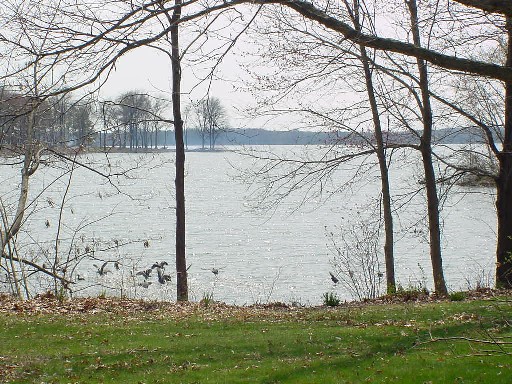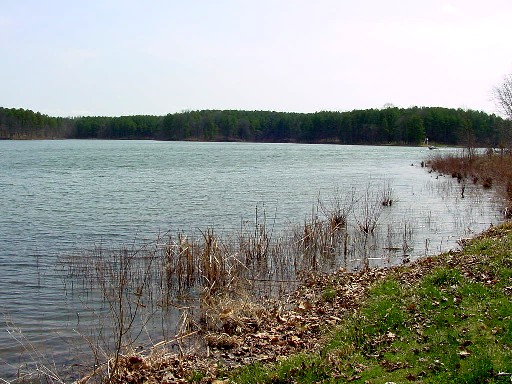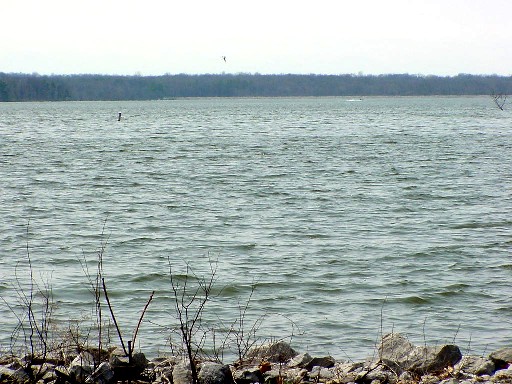Worth visiting any time of the year, this 4,000 acre refuge is especially beautiful in the fall when the geese return for the winter.
Every Sunday in October, wildlife enthusiasts drive through sections of the refuge normally closed to traffic, watching for wild turkeys, coyotes, foxes and bobcats.
Deer are most often sighted early in the day or late in the evening.
Thousands of visitors enjoy the view from observation towers along Illinois 148 in Williamson County.

Crab Orchard Lake was built in 1936 just east of Carbondale.
It has a maximum depth of 30 feet and averages about 9 feet deep.
The refuge was created in 1947 when the War Department, which had used a portion of the property for a munitions plant, transferred ownership to the U. S. Fish and Wildlife Service.
More than 1 million people visit the refuge each year.
At least 170,000 geese find sanctuary at Crab Orchard each fall and winter.
Crab Orchard is well known for its hunting, fishing, camping and boating opportunities at Little Grassy Devil's Kitchen and Crab Orchard lakes and six small ponds that are open to the public.
About 22,000 acres are in the refuge's "closed area" or wildlife sanctuary.
There are several locations in the sanctuary where wildlife oriented recreation, such as fishing and driving along available trails is allowed.
There is a handicapped accessible observation platform available in the "closed area".
An environmental education program for children also continues to grow.
 Located along Little Grassy Lake, the six youth camps offer youngsters their first exposure to wildlife.
In 1993, about 8,000 children participated in the camp.
Located along Little Grassy Lake, the six youth camps offer youngsters their first exposure to wildlife.
In 1993, about 8,000 children participated in the camp.
The refuge has about 20 industrial tenants and that number is diminishing.
In 1947 there were about 2 million square feet of storage area.
That is now down to about 1.2 million square feet.
That space will continue to dwindle as efforts are made to make the area more compatible with wildlife management objectives.
Crab Orchard Lake is famous for its largemouth bass. The 1,000-acre Little Grassy Lake is known for producing record size crappie and the 800 acre Devil's Kitchen Lake, which has depths of 90 feet in some places, is known for bluegill and trout.
The 1,000-acre Little Grassy Lake is known for producing record size crappie and the 800 acre Devil's Kitchen Lake, which has depths of 90 feet in some places, is known for bluegill and trout.
The refuge now has about 30 eagles, including two pairs of nesting bald eagles.
A total of about 39 hunting clubs utilizes Crab Orchard, with about 100 hunting clubs spread throughout the four-county quota zone.
Crab Orchard has a very strong deer population.
Approximately 1,200 deer were harvested last year.

Crab Orchard plays a large role in the region's economy.
The refuge has a budget of about $2 million.
The refuge and industries generate between $40 and $60 million annually to the Southern Illinois' economy.
The interest in viewing and hunting Canada geese each year adds an additional $6 million annually.
The refuge supplies water and sewage service to the industries on the refuge, along with the U. S. Penitentiary at Marion.
In addition to receiving a portion of concessions, lease fees paid by the industries total about $500,000.
Return To The Blind.